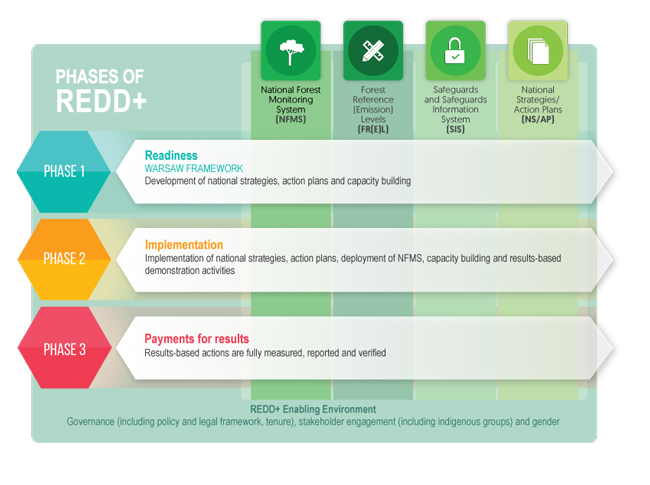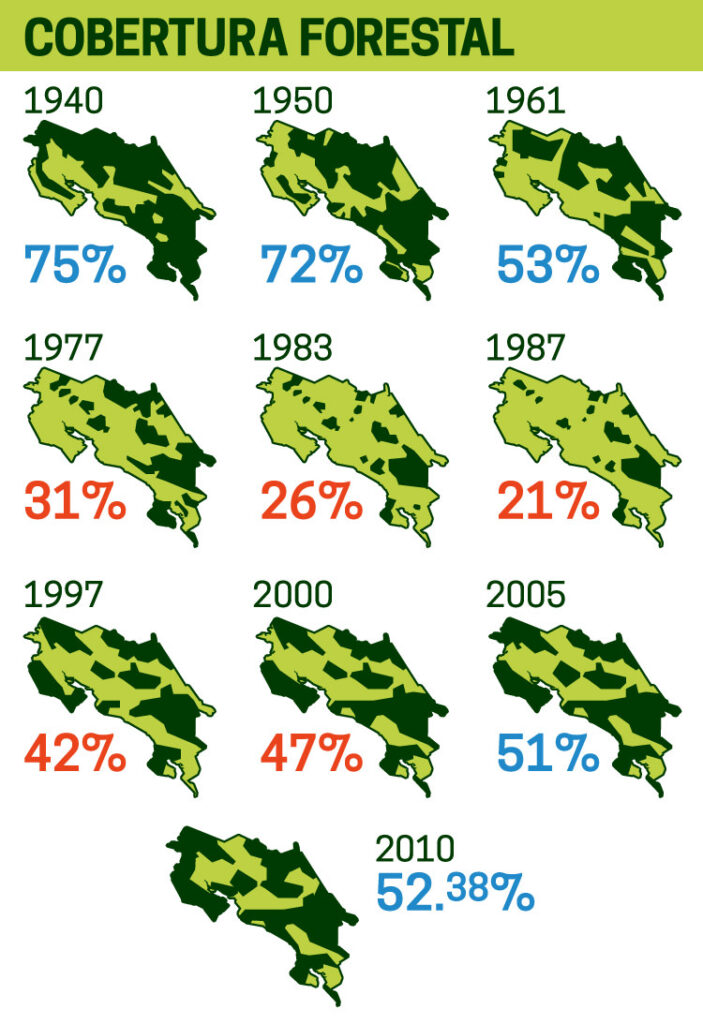The world is rapidly losing vital forest cover. The Food and Agriculture Organization estimates over 50 million hectares of forest were lost globally between 2000 and 2010.
Forests are a valuable tool against climate change because they absorb large amounts of carbon dioxide from the atmosphere. As a result, land-use changes, like deforestation, can significantly increase global carbon levels. Strong evidence points to agricultural expansion as the main cause of deforestation in tropical regions: 83% of agriculture expansion between 1980 and 2000 was into forests. Emissions from agriculture-driven deforestation is highest in Latin America at 78%. Latin America contains only a quarter of the world’s forests. However, its rates of deforestation are significantly higher than world averages. In 2019, the tropics lost the equivalent of a football field of tree cover every six seconds the entire year.
Deforestation also imperils global biodiversity. Rainforests in the tropics are some of the most biologically diverse places on the planet. Their species diversity is a “gigantic repository” of biological diversity and genetic resources for humans.
According to the World Resources Institute, conserving existing forests could cut carbon dioxide in the atmosphere by an estimated seven billion metric tons annually – equivalent to getting rid of every car currently on the planet.
Fortunately, interventions to reduce deforestation have found success. Reducing Emissions from Deforestation and Forest Degradation+ (REDD+) is a results-based program for reducing deforestation by paying countries to conserve forests. REDD+ programs help developing countries address deforestation by providing better understanding of deforestation drivers, improving forest monitoring capacities, and increasing stakeholder engagement.

REDD+ not only conserves forests, but aids developing countries with financial assistance. REDD+ initiatives found success in Indonesia, reducing forest loss in 2018 and 2019. REDD+ also helped facilitate important forestry policies in Guyana. However, the program sometimes fails to adequately address illegal logging or the conversion of forest for agricultural production.
Intensifying agriculture is another possible remedy to tropical deforestation. Innovative land use management while considering developing countries’ economic needs can conserve tropical forests, empower smallholder farmers, and alleviate global food insecurity. A systemic approach looks to increase agricultural productivity by enhancing farming methods, natural resource management, and smallholder farmer livelihoods. Complex agroecosystems can help absorb climate shocks and disease epidemics.
Although deforestation around the world increased rapidly over the past few decades, Costa Rica provides a model for success. Costa Rica had one of the highest deforestation rates in the 1980s. It is now considered a model of environmental sustainability.

Costa Rica has intensified agriculture and forestry in recent years, with agricultural production concentrated on the most suitable land. Encouraging other tropical regions to displace their land use needs to developed countries can prevent deforestation. Forests in developed countries are typically less biologically diverse, and maintenance is more easily facilitated. Costa Rica is now a major producer of bananas and pineapples, and its forests have transitioned to net-reforestation rates.
